

If you’re having bug trouble, pest control mistakes could be making your home infestation worse and adding to your woes.
Our entomologist — experts who study or research bugs — and cleaning pros reveal the mistakes you’re making that might be prolonging or worsening the pest infestation in your home.
Once you have identified the pests invading your space, bolster your chance of eradicating the problem by avoiding these seven bug-zapping bloopers.
Pest control mistakes you're making at home
Whichever pest has set up home in your space, it’s never too late to learn the things that repel bugs, as using these to keep them out to begin with, and repelling them once you’ve wiped out an infestation should definitely be on your ‘to do’ list.
Where our experts have recommended bug control products, we’ve curated highly-rated products from trusted retailers to help you shop solutions now and avoid the mistakes detailed.
Where we have recommended products, we’ve explained why we rate them, even if we haven’t had hands on the product ourselves, using our wealth of expert-led pest control and consumer product knowledge.
All prices were correct at time of publishing this article.
1. Not sealing gaps
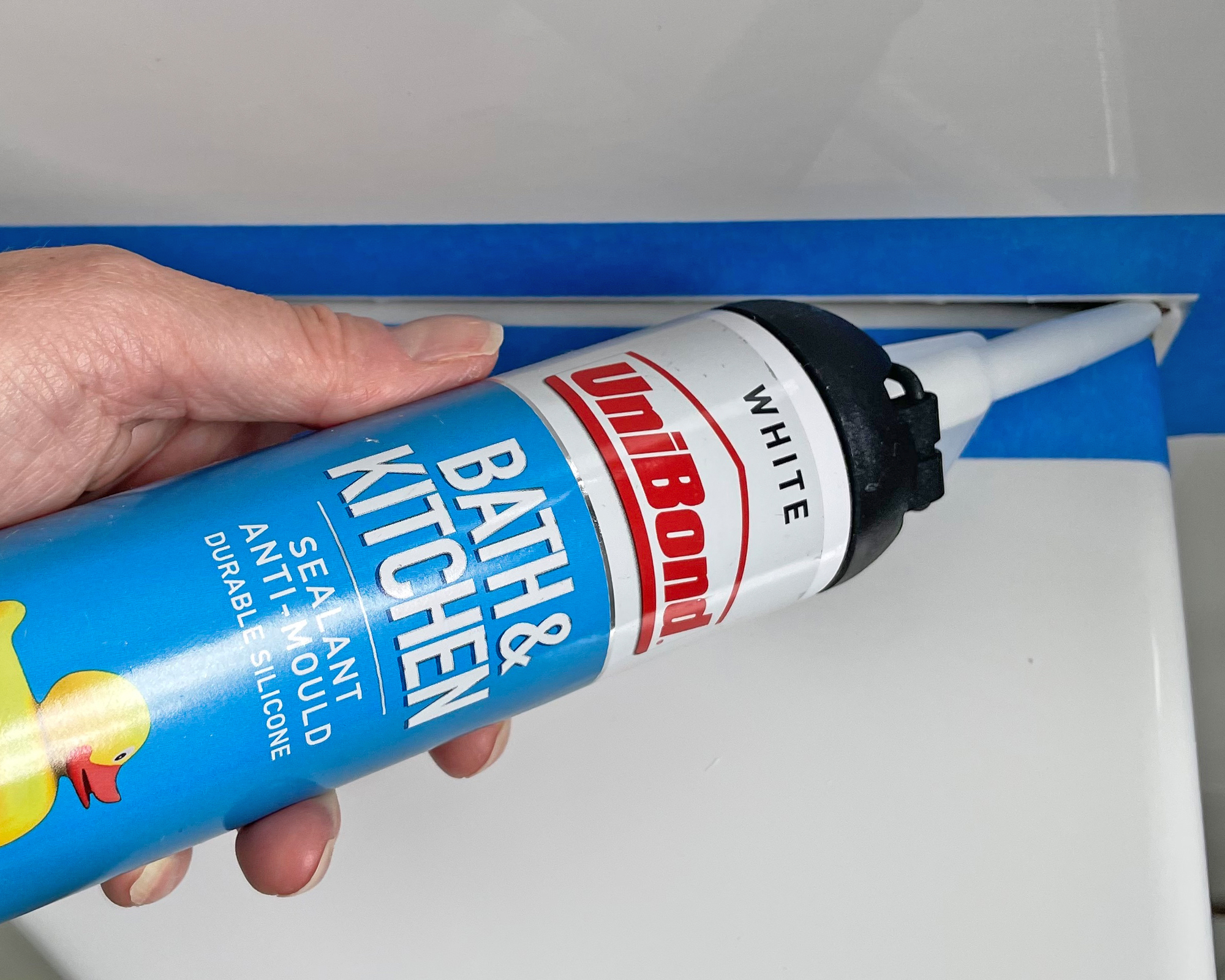
It’s not just open windows and doors in warmer months that invite pests inside our homes, but tiny cracks, too.
Cody James Pace, certified entomologist and market technical director for Terminix says not covering the spaces bugs can squeeze into your home through, is a big mistake.
He explains, “Gaps, cracks, and holes in the wall are among the top reasons why pests can enter a home. These may be spaces under doors or holes in walls where wires, pipes, and drains pass through.
“Small insects can easily enter these small openings. Holes and cracks in the wall can also provide small insects with a place to hide.“
To keep pests out for good, make it a point to fill holes and seal cracks around your home, Cody advises, and apply some proofing to deny access and entry to these pests.
We recommend Gorilla Silicon Sealant, available on Amazon for its versatility in indoor and outdoor use, and moisture-resistant sealing properties. It also dries clear so it can be used on brick, window sills and anywhere else you need without looking obvious.
If you've not used sealant before, set aside a bowl of water with dish soap in it, and did your finger or a lollipop stick in it to run over the applied sealant to even it up and prevent it sticking to you in the process.
If you're worried about the neatness of your application, use painter's tape around the area you're applying the sealant to, load the sealant on, then remove the tape as soon as you are done to prevent the edges of your caulk lifting.
2. Not cleaning appliances
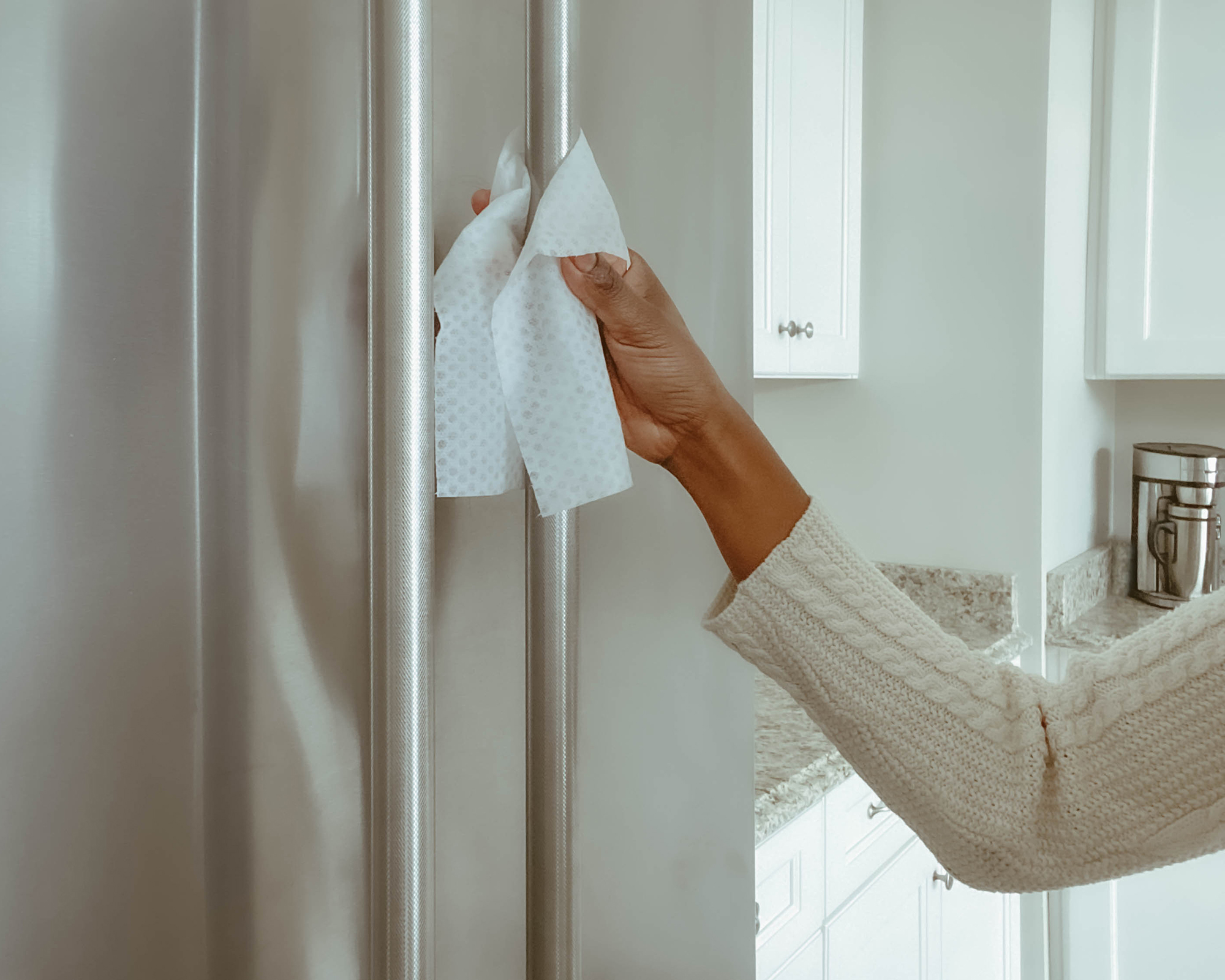
Cleaning your home is a vital weapon in pest control as it removes food and water supplies for pests. Failing to cleaning your kitchen appliances however, is a faux pas best avoided, though it's common, often falling onto lists of places you're forgetting to clean in the kitchen.
Cody explains, “Kitchen appliances such as stoves, microwaves, and toaster ovens often have food particles left over after use. These attract common household pests in your kitchen. Since the kitchen is where you prepare and cook food, the presence of pests can pose numerous health risks for you and your family.”
Spills and stains in these areas are often stubborn ones having been cooked, cooled or frozen on, but you don’t need to invest in expensive or fancy cleaning supplies to adequately clean them.
Karina Toner, operations manager at Speckless cleaning previously told Real Homes cleaning kitchen appliances with apple cider vinegar is a cinch as it's a natural degreaser. Simply mix equal parts water and vinegar to break down grime and food residue. It's also great for getting rid of any lingering odors.
To clean microwaves with vinegar, heat a bowl of vinegar for three of four minutes, before wiping down the interior, as the vinegar steam in tandem with the heat will have broken down tough stains, making them super easy to wipe away with a damp cloth.
We recommend the Good and Gather apple cider vinegar at Target as it's very cost-effective for its size (64oz).
The pest control mistake of neglecting your appliances not only serves up a food source perfect for pests such as ants, which like carbs and grease, but also opens your household up to illness.
Cody adds, “Pests can spread harmful bacteria such as Salmonella and E Coli through contact with kitchen surfaces as well as their droppings and urine which can contaminate food. It’s important to clean these appliances as well as your kitchen regularly to avoid inviting unwanted pests in your home.”
3. Improper use of rodent traps
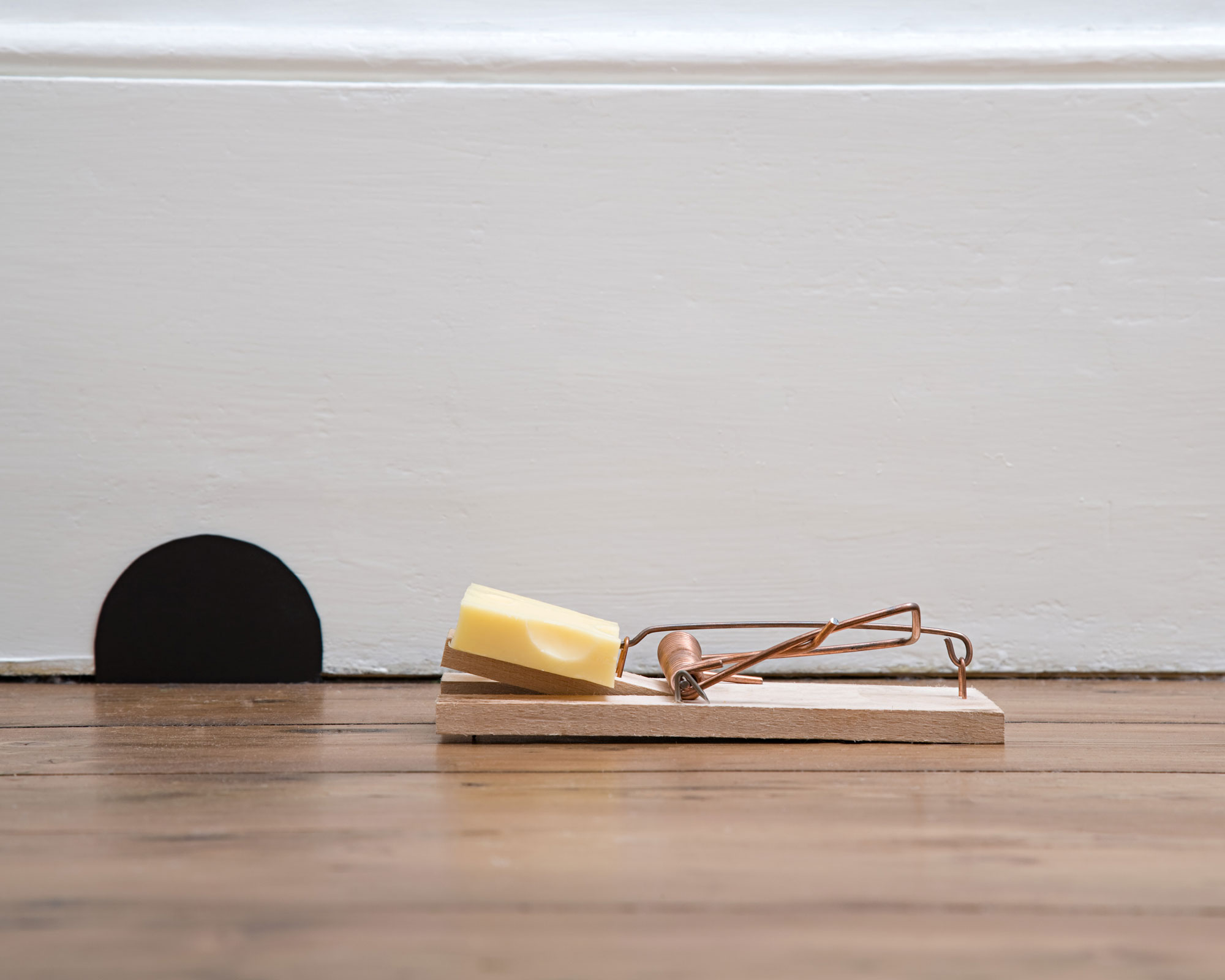
If you’ve ever felt the horror of watching a plump rat or mouse (swot up on the difference between these rodents in our guide) raid your bird feeder like I have in recent months, you’ll relate to how improper use of rodent traps can leave you with unwanted critters in your home and outdoor spaces.
“Many homeowners place traps where their pest adversaries aren’t hanging out,” Cosy explains. “For instance, you won’t find rodents in the middle of a room. Instead, you should be placing rodent traps along walls, behind the refrigerator, and in other dark corners.“
To avoid this pest control mistake, don’t forget to keep an eye on rodent droppings to alert you to where these critters are scurrying around, and routes they’re using in your home. Look behind and under your furniture as these fast moving mammals seek shelter from overhead predators (that includes us humans) as a very base natural instinct.
Cody says, “Additionally, you may catch a few adult mice in a couple of days with your traps. However, odds are that there are still young mice lingering around. Therefore, it’s best to leave rodent traps out for a few weeks, so you can catch the remaining runts of the litter.”
Mice reach sexual maturity and can reproduce after just 35 days, whilst female rats averagely reproduce at a rate of six litters a year, each time birthing between five and 12 baby rats, so chances are if you've been battling rodents for even a month or two, they’ve got a nest nearby and the infestation cycle if growing.
”If you don’t get rid of the entire infestation,“ Cody warns, “then they will simply multiply back to the levels they were at when you first discovered you had a problem. Two mice is all it takes to soon create a mischief of mice.“
A mischief indeed! I have two cats, live rurally and have had live mice lovingly, albeit misguidedly delivered into my kitchen and living room dozens of times since becoming a pet parent in 2020.
I’ve seen how fast and smart mice are at evading humans and it usually takes both my husband and I, a bunch of boxes and brooms, and a couple of hours of our time to catch the live mice. But I’ve seen them squeeze under the tiniest gaps beneath doors and even hide in the back of framed art, inside rolls of bubble wrap and underneath cupboards so leave no stone unturned in your hunt for them.
Despite cartoons of squeaky mice being etched in the the public psyche, in my experience, these smart creatures, which are well-documented by psychologists and animal behaviourists of being well capable of being conditioned into behavioural responses, often remain silent and squeak less when being chased so keeping your eyes peeled for their physical presence, your pets behaviour (my cats become fixated with one area of the home for hours) and droppings is vital to catching and stopping an infestation before it begins.
On that note, in our home, we use a two-person approach to corner rodents including mice and voles brought unto our home by the cats and then chuck a small see through Tupperware box on top of the pesky critter, before sliding a piece of cardboard underneath and removing it intact to a nearby field to live another day.
If inhumane traps aren’t for you and your conscience, try the more sophisticated and humane Mice Cubes from Walmart which have a one way door and holes to allow mice to smell the bait. You can catch and release the pests somewhere far from your home without having to result to killing them.
4. Failing to treat pets

Cody heeds the warning of this pest control mistake in no uncertain terms: "Don’t neglect your pet! We know you would never purposely neglect your pet. However, it can be easy to do when trying to remove an unknown infestation from your home. If you think you may have a flea, tick, or parasite infestation, you must also treat your pets for the potential problem."
Leaving your pet untreated means risking prolonged health problems for them, and infestation cycles of smaller bugs such as fleas for you and your home.
He adds, "Additionally, you’ll never fully be rid of the infestation until your pet is pest-free. Your loveable fur-ball is the perfect vessel to smuggle pests into your home or provide them a safe shelter to continue to procreate in."
5. Letting standing water pool
Don’t forget to drain standing water as even the smallest amounts can attract many pests and insects, but especially ants, which need water near their nests, and mosquitoes.
Cody says, "Mosquitoes can breed in as little as one tablespoon of water so draining all forms of standing water is imperative to mosquito and pest control. Drain any standing water and clean out gutters and drains to ensure they are free-flowing.
"Be mindful of yard adornments like fountains, birdbaths, flower pots, and kids’ toys and playground equipment, as they often collect water. Be sure to regularly overturn and drain any containers holding stagnant water around the house at least once weekly."
Learn how to get rid of mosquitoes, and make use of the plants that repel mosquitoes when planning your summer garden.
6. Not treating the source
It can be easy to treat and target the pest, but lose sight of the source of the infestation.
"When trying to treat a pest problem on your own with OTC (over the counter) or DIY methods, there’s a good chance you’re likely only treating the pest(s) you see but may be neglecting the source of the problem.
Borates can be super effective, as our pest control experts shared with Real Homes recently, and have been used as an insecticide for a very long time with no known case of documented resistance to it. Just don't use too much as that will repel the insect (it's great for getting rid of cockroaches in the kitchen) instead of allowing it to move through the powder and later ingest it while grooming, which will act as a stomach poison.
We recommend the four-pack Boric Acid Insecticidal Dust in Resealable Pail from The Home Depot. Simply use a smaller dispenser to pop a little of the powder where you need.
Cody adds, "It is also common for pests to learn our human behaviour and adjust their living habits in order to increase their chances of survival. For example, rats may find alternative routes to enter a premise once their access is blocked. By not getting to the root of the problem, it is easy for pest infestations to reoccur."
Learn how to get rid of rats for a full expert guide on getting to the root of the issue. Our experts have also delved into how to get rid of ants from the kitchen fast and exterminating termites from your home.
7. Reactive instead of proactive
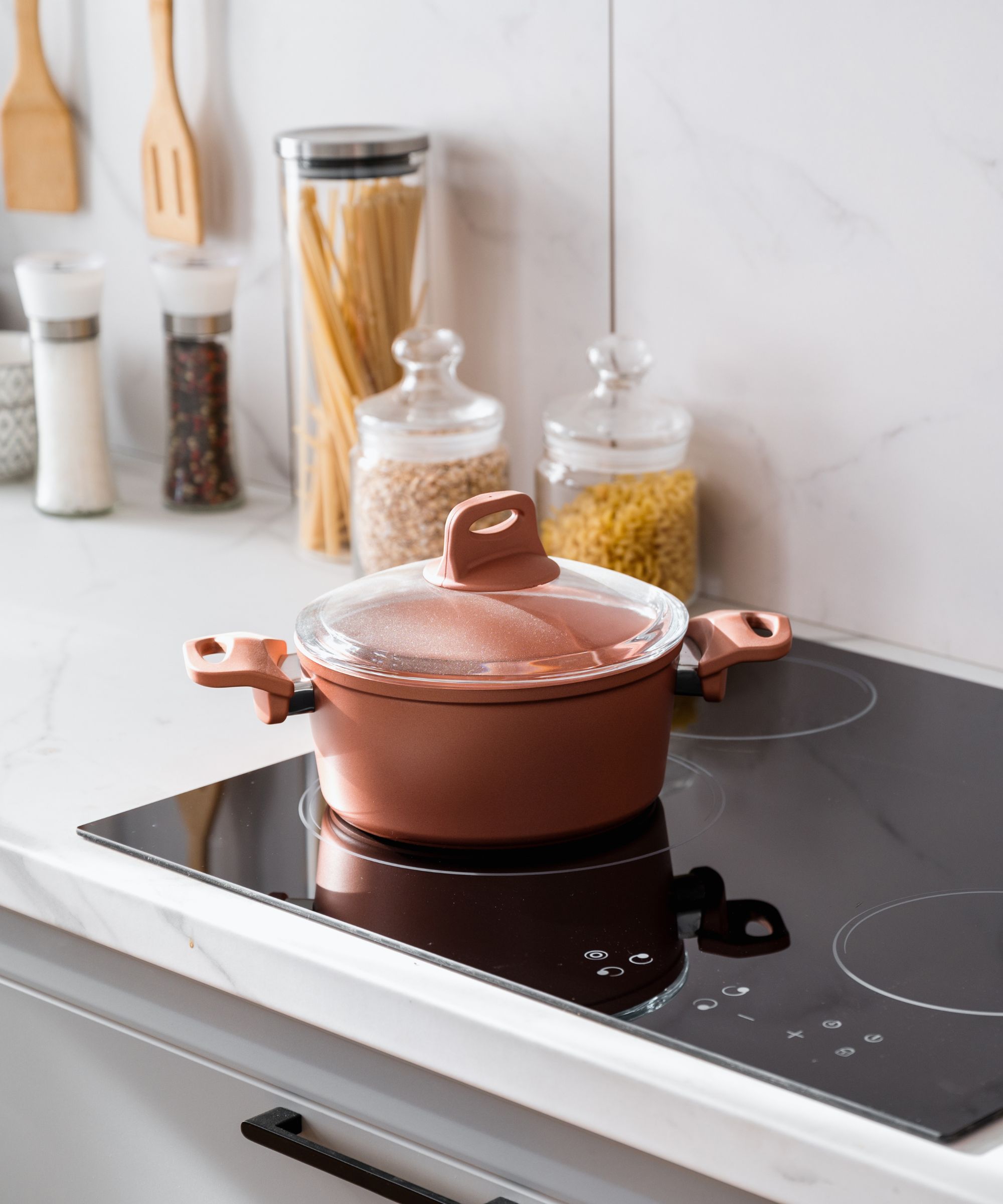
Relying on reactive instead of proactive treatment is a pest control mistake that can make your life harder than it needs to be. Prevention, after all, is better than cure.
Cody explains, "It’s no secret: pest infestations can be costly and expensive, even if reported at the first sign of a problem. Pests are expert hiders, so they can live undetected inside your home for quite a while before you may even notice.
"While it is important to seek professional help as soon as a problem is suspected, implementing a proactive treatment plan before an issue arises is an even better layer of defence to help protect you, your family, and your home from the health and cost risks of a potential infestation."
Using things you already have in your pantry that repel bugs and pests, and staying on top of domestic duties regularly, including cleaning kitchen cabinets will be effective strings to your proactive bow.
Meet our experts

Bringing over two decades of leadership in integrated pest management (IPM), Cody has built a distinguished career, collaborated and taught IPM and bed bug biology and control with University of Arizona and Washington State University. In 2014, he joined the Rentokil family as an associate certified entomologist, and offers advanced knowledge and sustainable pest management strategies to the company's operations teams and clients across North America.
Being mindful of pest control mistakes will turbocharge your success rates of getting rid of fruit flies, ants, cockroaches, mice, moths and more. These three facts about cockroaches will help you get rid of them.
A key step to avoiding all of the above pests and more from setting up shop in your abode is learning how to deep clean your home with our best cleaning supplies, tried and tested by the Real Homes team.
Join our newsletter
Get small space home decor ideas, celeb inspiration, DIY tips and more, straight to your inbox!

Hi! I'm editor of Real Homes. I've been a senior journalist and editor for national magazines and newspapers for 16 years, specializing in consumer, real-life, and lifestyle articles. I have a BA in English Language and Communication, mentor journalists, and I’m also founding editor of Lacuna Voices, an independent digital platform. I love to cook, add character to my newly-built home, try my hand at DIY projects, keep my collection of plants alive, and make memories with my little family of three. For Real Homes, I specialize in articles on pest control, DIY, declutterring and cleaning, interviewing experts daily for their top tips and product recommendations.
-
 How to repel ticks in your backyard — 5 methods to stop these pesky pests invading your space
How to repel ticks in your backyard — 5 methods to stop these pesky pests invading your spaceWant to know how to repel ticks in your backyard? We've asked landscaping experts for their top tips, plus curated highly-rated picks to help you get rid
By Eve Smallman Published
-
 How to get rid of mice from a garage — 7 simple steps for removing these squeaky pests
How to get rid of mice from a garage — 7 simple steps for removing these squeaky pestsWant to know how to get rid of mice from a garage? We've asked pest control experts for their top tips on removing them and making sure they don't come back
By Eve Smallman Published
-
 Pros reveal 10 ways to keep pests out of your home this summer
Pros reveal 10 ways to keep pests out of your home this summerExperts reveal the best ways to keep pests out of your home this summer
By Punteha van Terheyden Published
-
 Carpenter ants 101: everything you need to know about the wood-tunneling pests that can infest the walls of your home
Carpenter ants 101: everything you need to know about the wood-tunneling pests that can infest the walls of your homeOur rundown on carpenter from pest control experts reveals everything you need to know about these insects, their infestations, and how to get rid of them
By Punteha van Terheyden Published
-
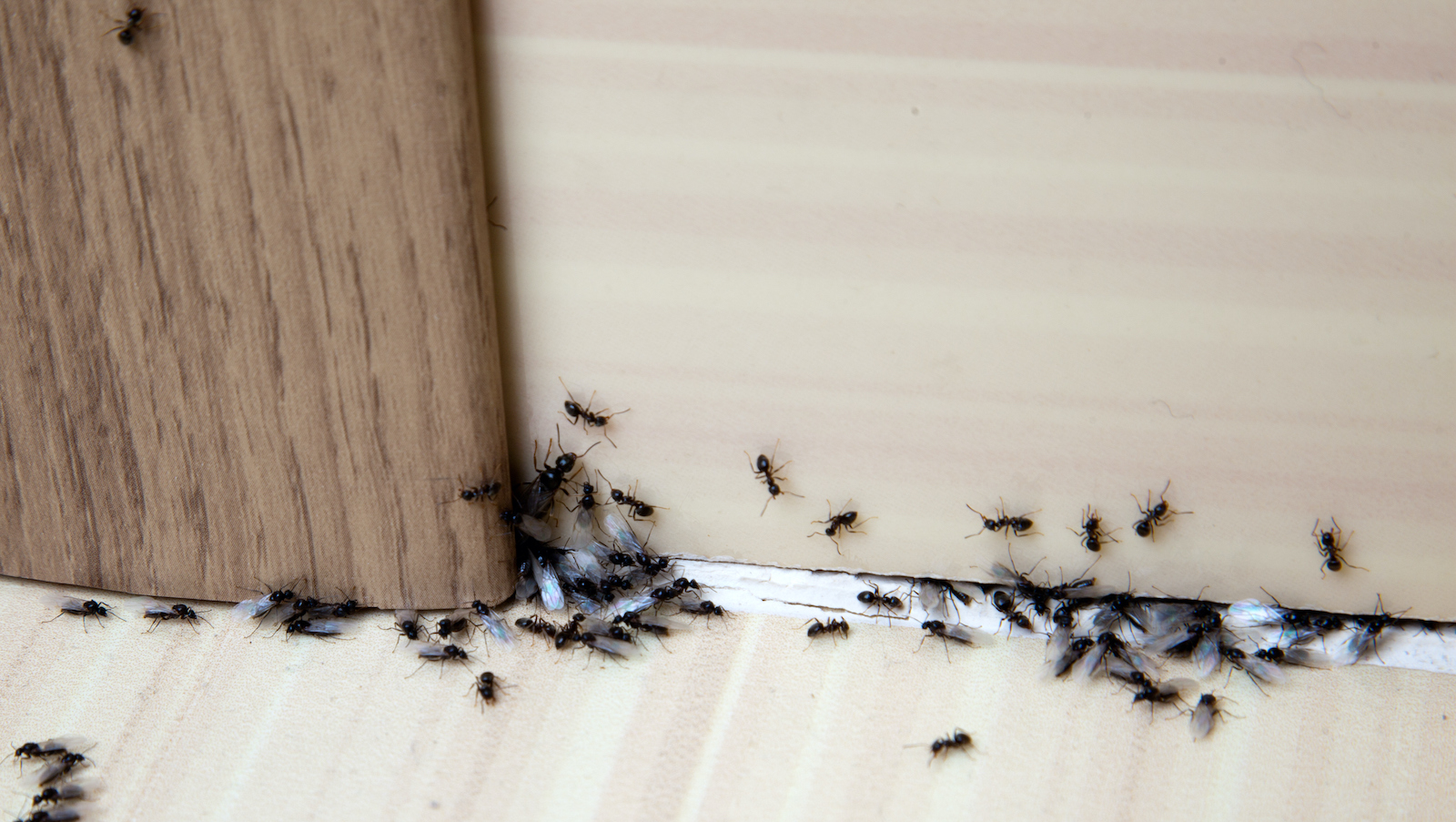 Why do ants come in the house? Pest experts reveal the reasons and how to remedy each pesky situation
Why do ants come in the house? Pest experts reveal the reasons and how to remedy each pesky situationIf you're asking yourself, "Why do ants come in the house?" it's time to narrow down not only the culprits, but solutions. Our pest pros advise
By Danielle Valente Published
-
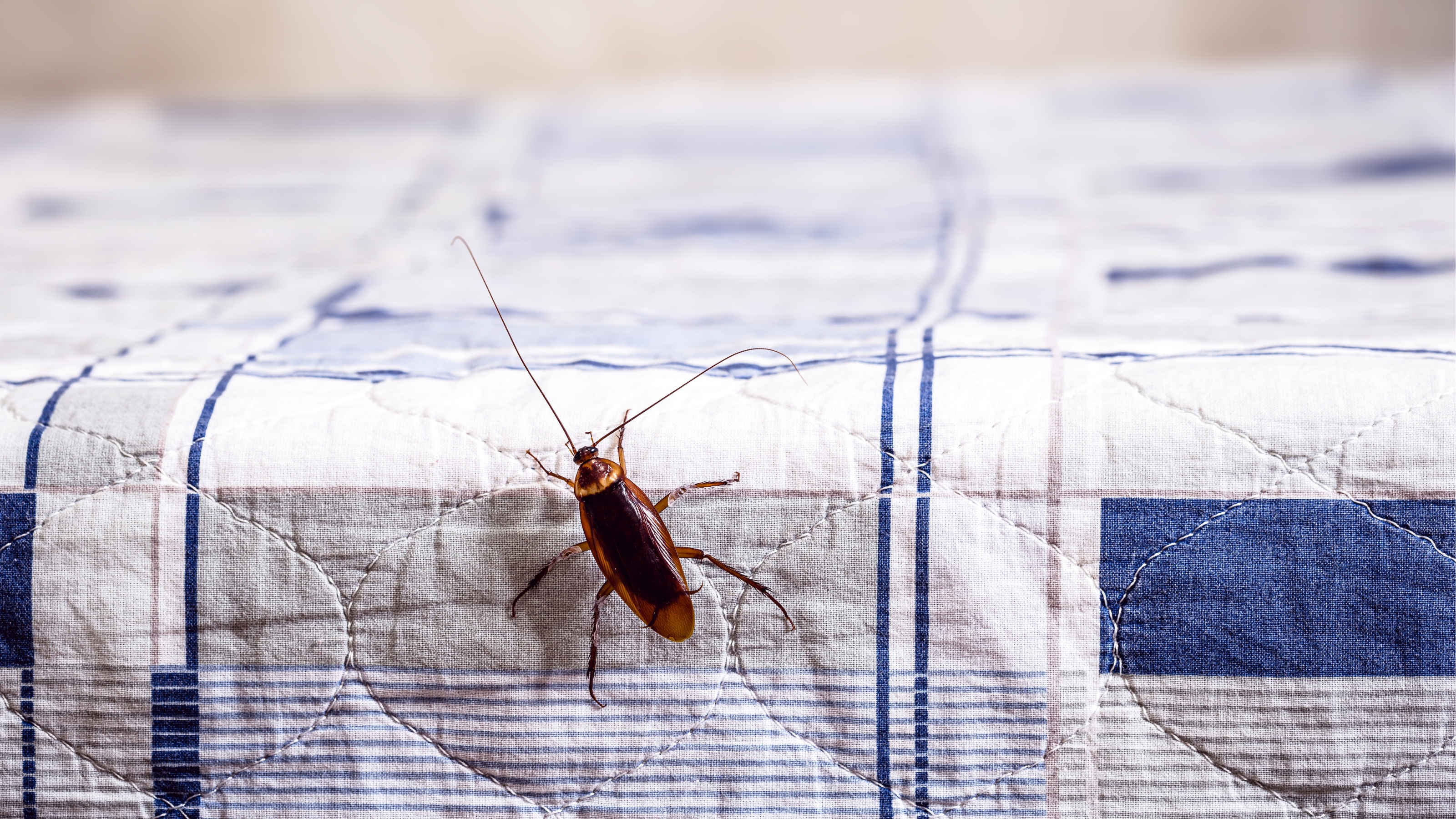 The three household cockroach facts you can harness for better pest control
The three household cockroach facts you can harness for better pest controlExperts reveal three cockroach facts you can use to bolster your battle to banish these pesky bugs from your home
By Punteha van Terheyden Published
-
 How to get rid of cockroaches in the kitchen — swot up on roach behaviour to banish them permanently, say experts
How to get rid of cockroaches in the kitchen — swot up on roach behaviour to banish them permanently, say expertsPro tips on how to get rid of cockroaches in the kitchen, including why they come in, understanding roach behaviour, and steps to banish them for good
By Punteha van Terheyden Published
-
 These 10 household items repel bugs — and you probably have them at home already
These 10 household items repel bugs — and you probably have them at home alreadyWondering how to repel bugs? Our industry experts run you through 10 things that repel bugs from the home
By Andy van Terheyden Published